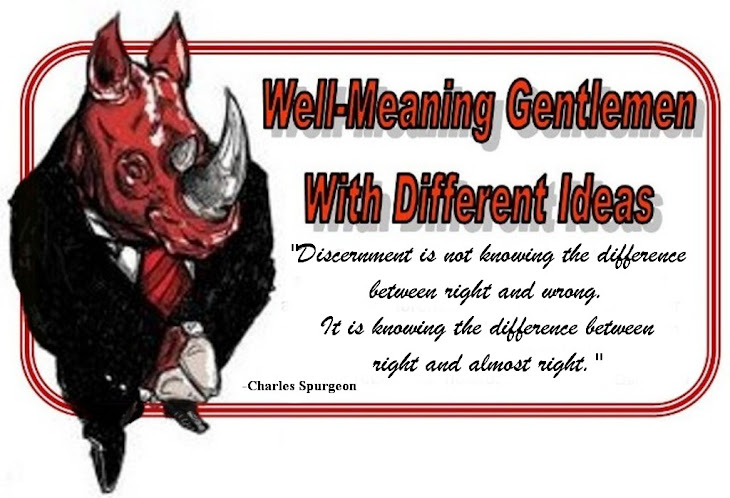(Title Translation: I Always knew There Was Something Wrong With New York.)
This week I accompanied all eight of my grandchildren at Knott's Berry Farm in Buena Park, Ca. On this occasion we visited the reproduction of Independence Hall. A highlight of the visit was a 20 minute program that reenacts some of the meetings of the Second Continental Congress leading up to the drafting and ratification of the Declaration of Independence.
Entrance to the Independence Hall and the taped presentation is free and is well worth the visit, especially for those who are homeschooling and want a riviting, hands-on field trip experience for U.S. history. And, occasionally one might encounter one of our founding fathers walking around inside the park. A couple months ago we met John Adams and had a great time visiting with him and learning more about our history and heritage.
The text of the Declaration of Independence appears in the Journals of the Continental Congress on July 4, 1776.
Additional references to the Declaration of Independence can be found in the Journals of the Continental Congress on the following dates in 1776:
- June 7 - Richard Henry Lee introduced a resolution urging Congress to declare independence from Great Britain.
- June 11 - Thomas Jefferson, John Adams, Benjamin Franklin, Roger Sherman, and Robert R. Livingston were appointed to a committee to draft a declaration of independence.
- June 28 - A fair copy of the committee draft of the Declaration of Independence was read in Congress.
- July 1-4 - Congress debated and revised the Declaration of Independence.
- July 2 - Congress declared independence by adopting the Lee Resolution.
- July 4 - Congress adopted the Declaration of Independence.
- July 4 - Congress ordered that the Declaration of Independence be printed (Dunlap Broadsides).
- July 19 - Congress ordered the Declaration of Independence engrossed (officially inscribed) and signed by members.
- August 2 - The engrossed copy of the Declaration of Independence was signed by most of the delegates. Elbridge Gerry, Oliver Wolcott, Lewis Morris, Thomas McKean, and Matthew Thornton all signed on a later date.
At the roll call vote to ratify the Constition on July 4, 1776, there were 12 affirmative votes. That's right, only 12 Ayes. New York abstained. But later, when it was being signed, New York changed its abstention and voted yes to make it unanimous.




No comments:
Post a Comment